
DCS; Industrial control system
Product
Article
NameDescriptionContent
NEW CENTER
Current Location:
Motion Control
From:A-B
|
Author:A-B
|
Time :2024-11-22
|
114 Browse:
|
Share:
Motion control is a specialized field within automated control systems. It provides precise, consistent, and automatic movement control for machines or parts. It finds applications in various domains such as robotics, CNC machine tools, and kinematics. In kinematics, motion control is often simpler compared to more complex applications in robotics and CNC tools.
The hardware of a motion controlled machine typically consists of drive systems, motors, a computer, a PLC or Programmable Logic Controller to run the programs, and an amplifier. These components work together to ensure accurate and controlled movement.
Motion control can be applied in many industries including packaging, textile, assembly, printing, and semiconductor production. For example, in the packaging industry, motion control is used to ensure accurate placement and movement of products on conveyor belts. In the textile industry, it helps in controlling the movement of looms and knitting machines.
There are two common types of axis in motion control - linear and rotary. The linear axis type of motion control is driven along a straight path, while the rotary axis type is driven along a circular path. Utilizing a coordinate system makes axis controlling simpler and more logical for the CNC control. Two commonly used coordinate systems in CNC machines are rectangular and polar coordinate system, with the rectangular coordinate system being more popular.
二、Motion Control 的应用领域
1. 工业设备
在工业多轴机器人、精密旋转台等精密定位设备中,Motion Control 技术发挥着重要作用。通过模型前馈和反馈控制方法,能够实现准确的定位和振动抑制。Motion control is a sub-field of automation, in which the position or velocity of machines are controlled using some type of device such as a hydraulic pump, linear actuator, or electric motor, generally a servo.(引用自英文写作素材中“motion control-有道词典”的内容)。例如在半导体生产行业,精确的定位对于芯片制造至关重要,Motion Control 技术确保了生产过程中的高精度操作,提高了产品质量和生产效率。
2. 机器人技术
作为机器人技术的重要组成部分,运动控制系统在实际机器人系统和其他系统中有着广泛的潜在应用。可将为机器人开发的运动控制方案用于不同系统。机器人系统是由机器人和作业对象及环境共同构成的整体,其中包括机械系统、驱动系统、控制系统和感知系统四大部分。(引用自“运动控制和机器人系统有什么区别-电子发烧友网”的内容)。Motion Control 技术使得机器人能够实现精确的位置控制和速度控制,具备感知能力、规划能力、动作能力和协同能力等智能能力,以完成各种复杂的任务。
3. 电影拍摄
在电影拍摄中,Motion Control 技术可实现长镜头的无缝拍摄,具有运动轨迹无限次重复拍摄、空间坐标系转换拍摄以及变速拍摄合成等优势。(引用自“Motion Control在电影拍摄中有哪些技术优势?”的内容)。运动轨迹的理论上无限次重复拍摄是电影级精确合成的基础,一层一层拍摄,一层一层叠加,最终得到想要的视觉效果。空间坐标系转换拍摄功能可以根据拍摄内容需要,将拍摄过程分解,并转换空间关系来实现特殊的拍摄效果。而变速拍摄合成则可以在同一画面内展示常速拍摄、升格拍摄以及摄影机运动的复杂效果,确保最终的合成精度。电影《漫长的季节》《逆世界》《流浪地球 2》等都运用了 Motion Control 技术,为观众带来了震撼的视觉体验。
三、Motion Control 的优势
1. 硬件组成简单
运动控制器插入 PC 总线,连接信号线即可组成系统,这种方式具有诸多优势。首先,可利用 PC 已有软件开发,无需投入大量资源进行全新软件开发环境的搭建。这使得开发人员能够借助熟悉的开发工具和环境,提高开发效率。其次,代码通用性和可移植性较好,在不同的项目和应用场景中,开发人员可以更加便捷地复用和调整代码,减少重复开发工作。此外,由于开发资源丰富且易于上手,开发人员多且无需过多培训,降低了项目的人力成本和时间成本。
2. 多轴插补和连续插补功能
Motion Control 的多轴插补和连续插补功能在数控机械行业有着广泛应用。在模具雕刻等领域,对小线段加工有着极高的要求,而 Motion Control 正好能够满足这些需求。它具有速度前瞻和连续插补功能,能够确保在加工过程中,线段之间的过渡更加平滑,速度变化更加稳定。这不仅提高了加工精度,还提升了生产效率。例如在模具雕刻中,大量的短小线段需要精确加工,Motion Control 的这些功能可以保证段间加工速度波动尽可能小,速度变化的拐点平滑过渡。
3. 电子齿轮与电子凸轮功能
Motion Control 的电子齿轮与电子凸轮功能大大简化了机械设计。传统的机械齿轮与凸轮在实现某些复杂功能时可能会面临设计难度大、成本高、维护困难等问题,而电子齿轮与电子凸轮可以实现许多机械齿轮与凸轮难以实现的功能。例如,通过电子齿轮比的设定,可以精确地将电机的旋转角度或速度与负载的旋转角度或速度进行比例变换,实现速度匹配和高精度的位置控制。在实际应用中,根据系统的具体需求和特点,正确设置电子齿轮比参数,能够确保控制系统正确解读和执行,提高系统的控制精度和整体性能。
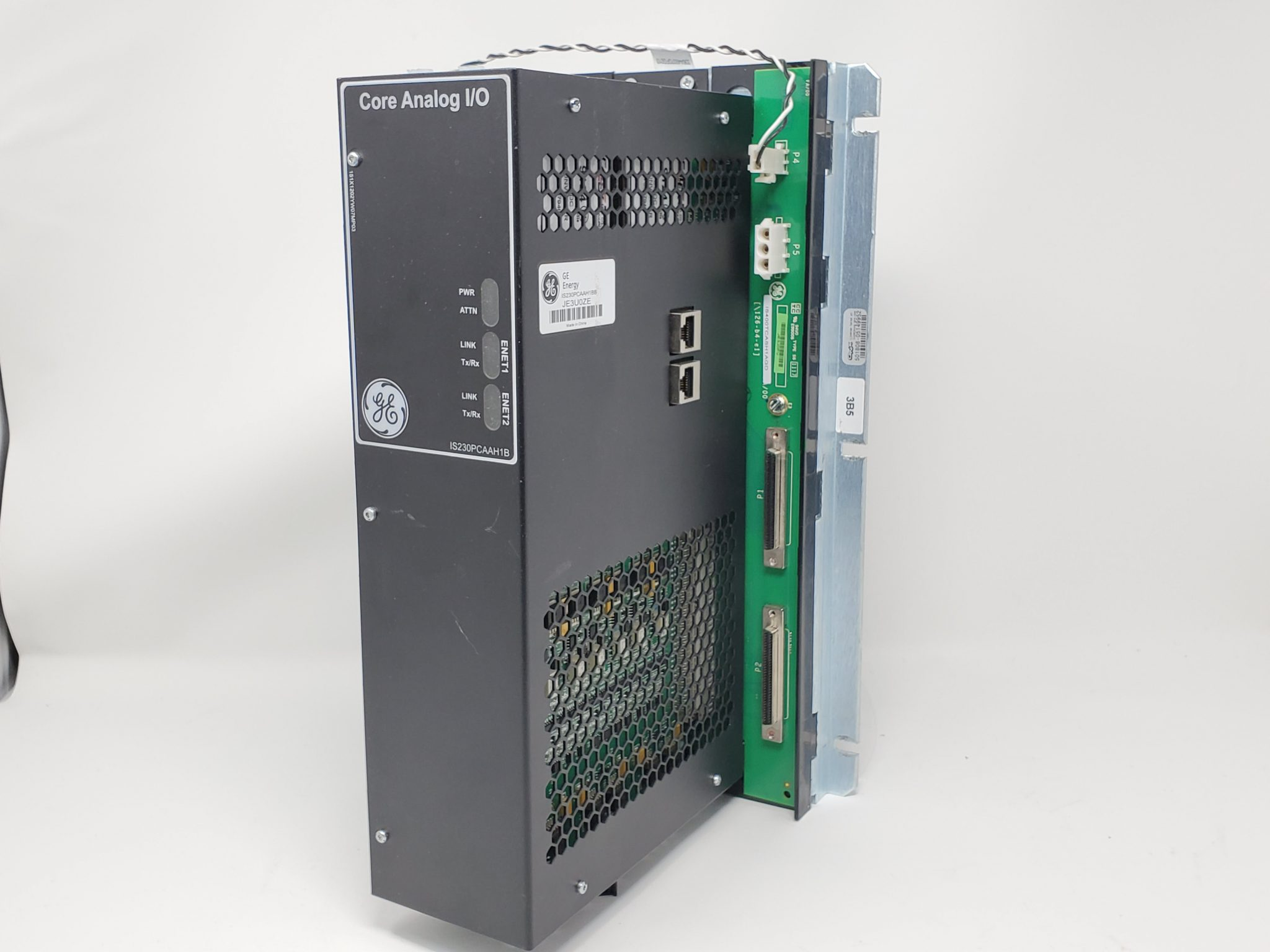

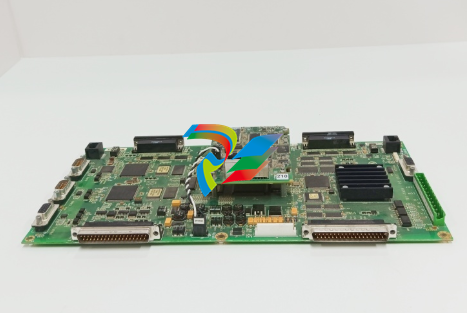
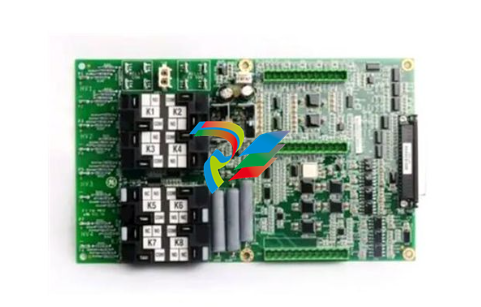
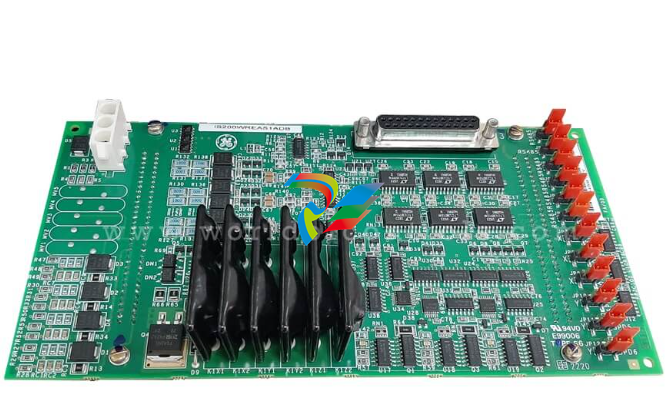
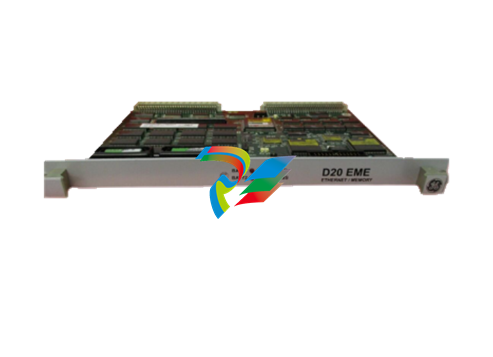
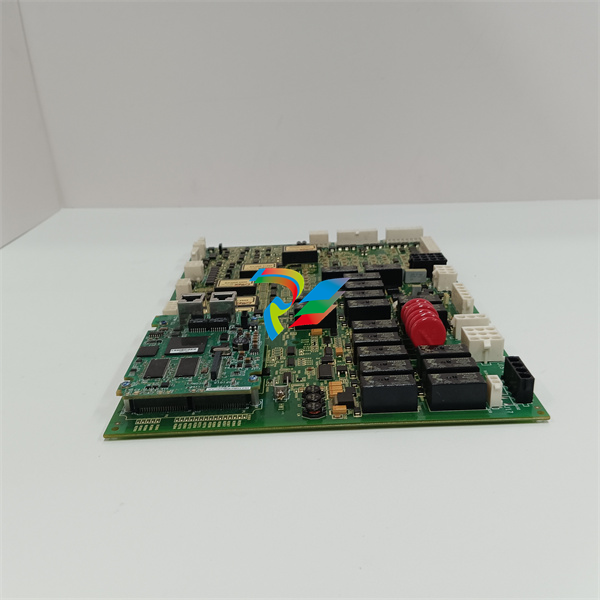
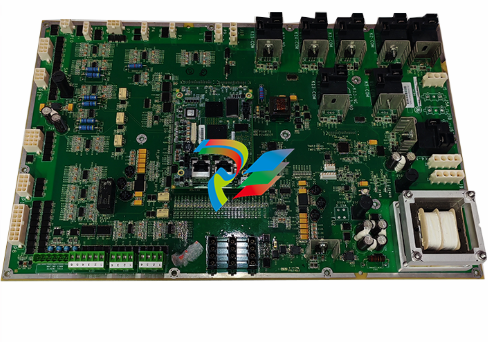
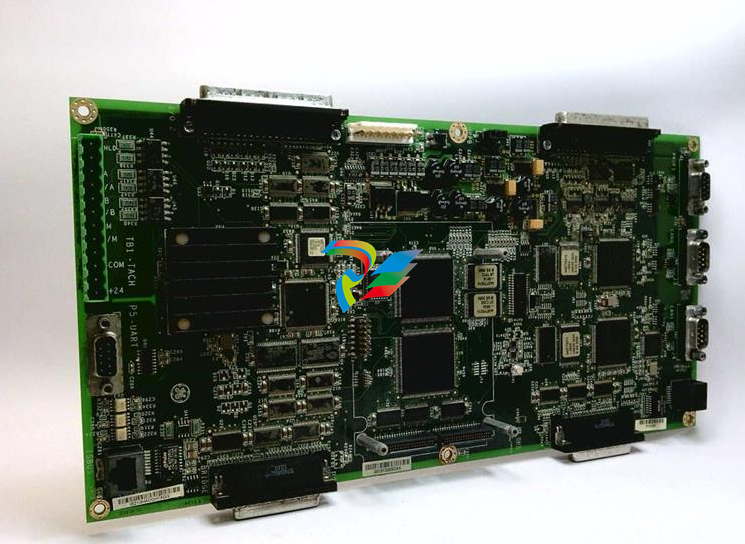
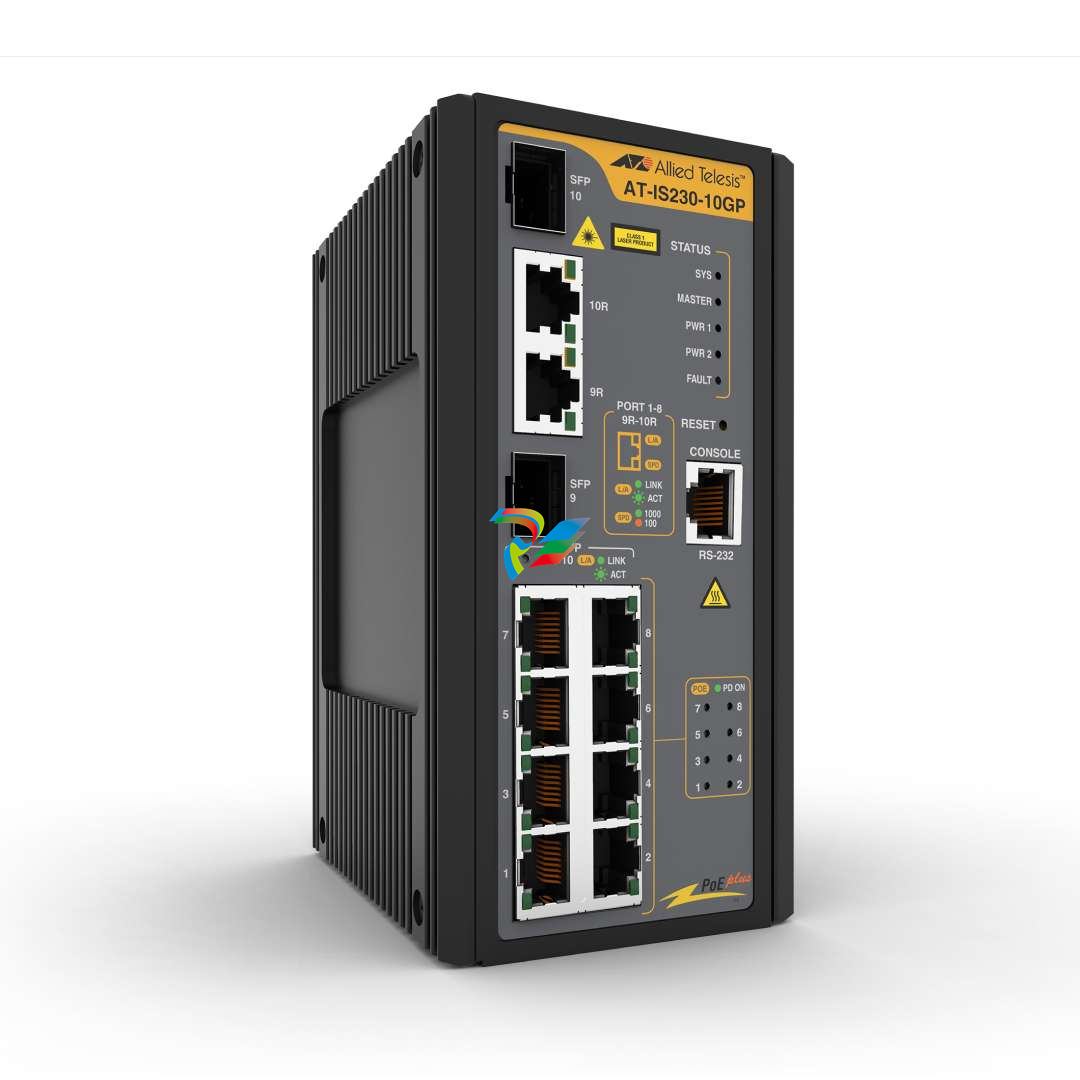
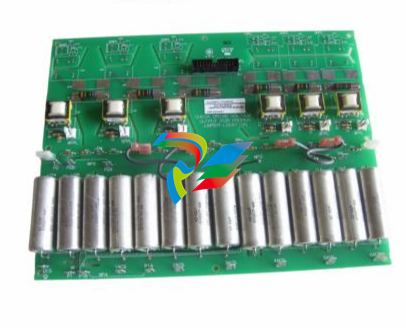

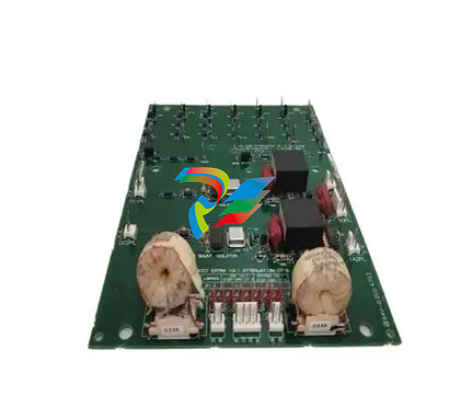

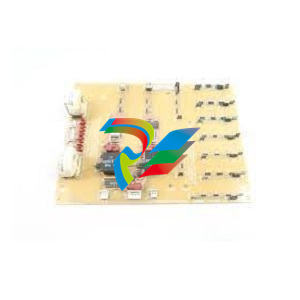
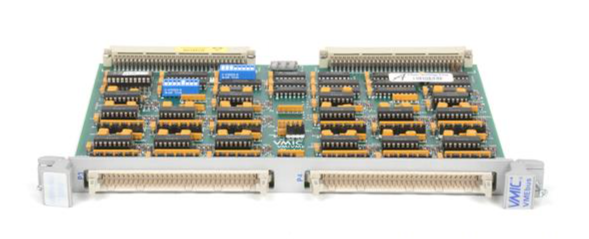
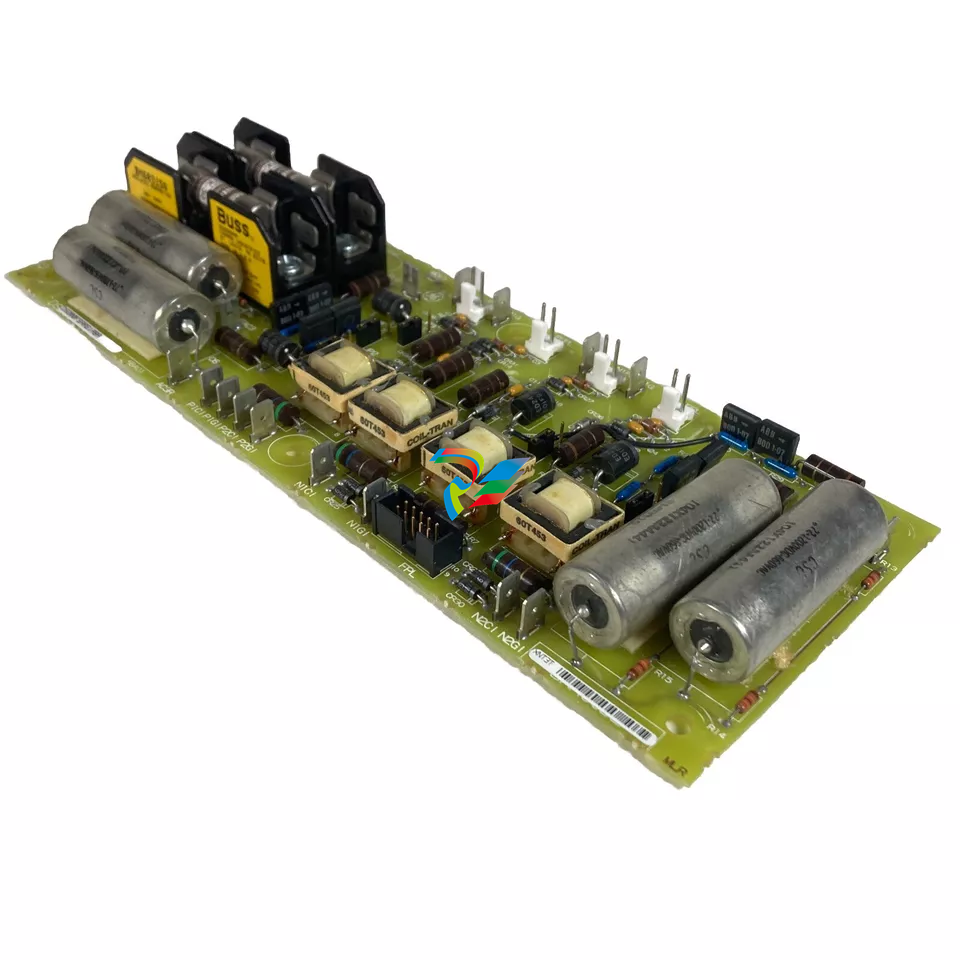
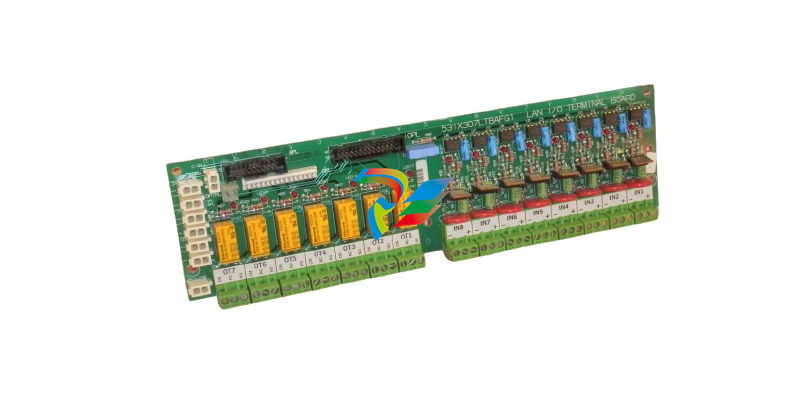



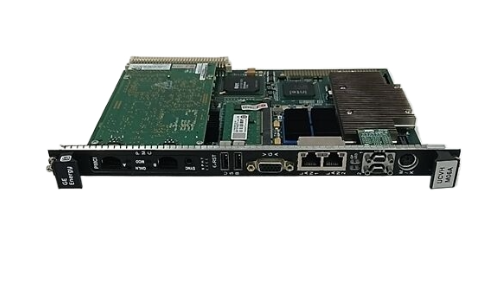
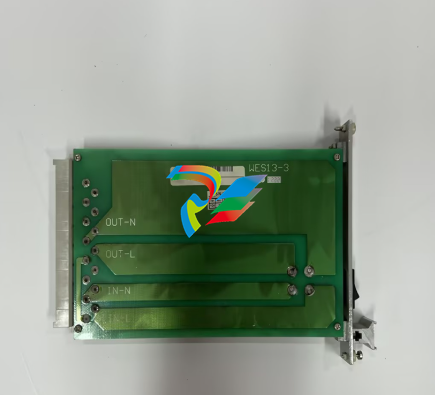
.jpg)
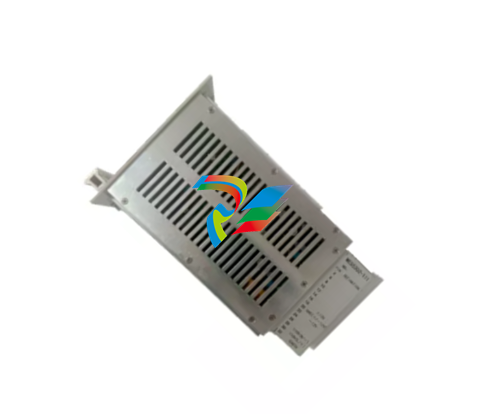
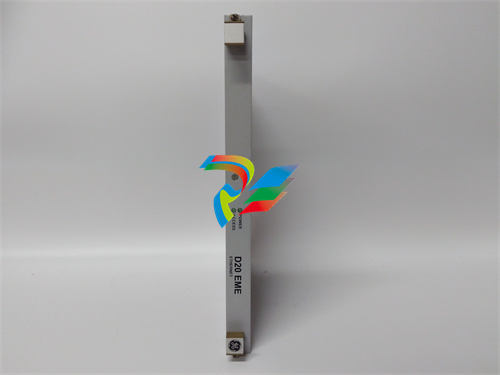
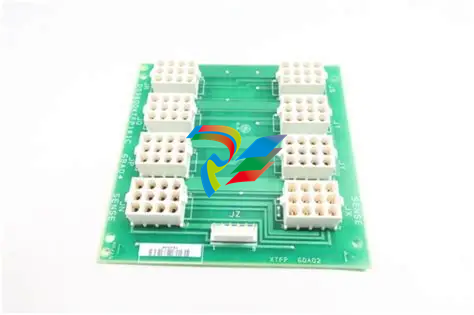









































.jpg)
.jpg)





.jpg)



.png)
.jpg)

.jpg)
_lVjBYb.jpg)

.jpg)
.jpg)



.jpg)
.jpg)







.jpg)

.jpg)
.jpg)











.jpg)





